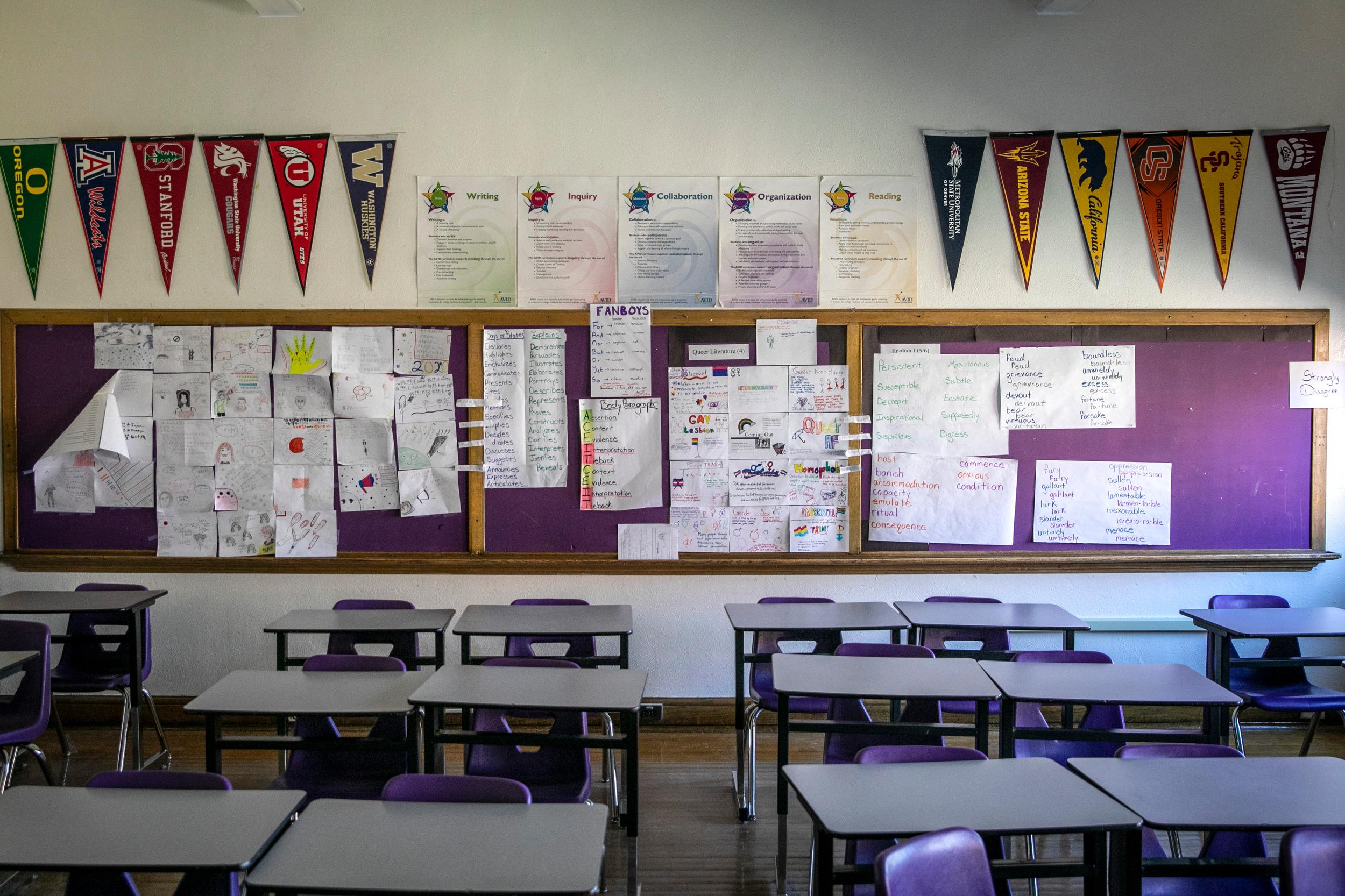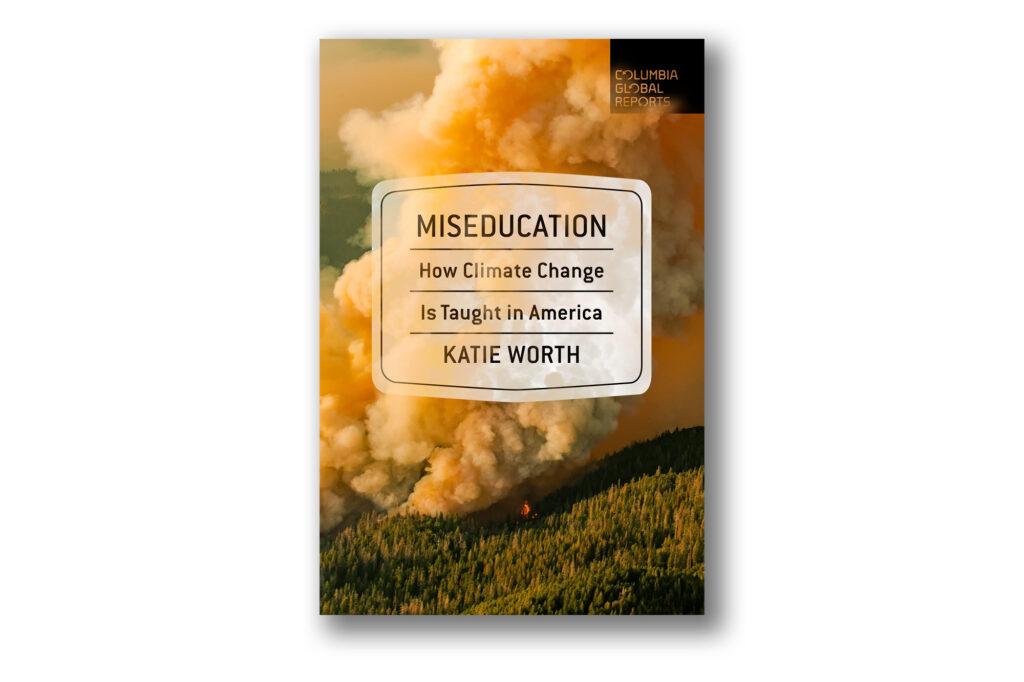
A third of young adults in the United States don’t believe humans are causing climate change. While that may sound surprising, it shouldn’t — it’s what many kids learn in school.
In her new book “Miseducation: How Climate Change is Taught in America,” investigative journalist Katie Worth traveled to different classrooms to speak with teachers and students about how they learn and teach climate change. Worth explores the ways climate denialism makes its way into classrooms through textbooks, legislation and biased teachers.
Worth found a red-blue divide in climate education. States with Republican-controlled legislatures are far more likely to have watered-down education standards — or no standards at all — on how to teach climate change. All states with a Democratic majority have adopted education standards that require the subject to be taught, Worth said.
Colorado was scored an “A-” in a state-by-state review of climate education standards conducted by the National Center for Science Education and the Texas Freedom Network Education Fund. The 2020 analysis graded states on how well the education standards communicate that the Earth’s climate is changing, that humans are causing it, how people will be affected, and that there are solutions to the problem.
In an interview with “Colorado Matters,” Worth said she was inspired to write the book after visiting the Marshall Islands on a reporting assignment. She found that many students understood and talked about climate change fluently. One child learned about climate change in school every year since he was 6. He and his classmates could detail the cause of climate change, the global effects, and the hazards it posed to their island home in the Pacific Ocean.
Worth said the high level of student climate change knowledge was fueled by awareness outside the classroom.
“The adults in the Marshall Islands know a lot about climate change just because it’s so relevant to their life,” she said.
One student’s family was considering moving to Enid, Okla. Worth wanted to know what the 9-year-old might learn about climate change in schools there if he were to relocate. After visiting the city and speaking to kids and teachers, Worth said four out of five students told her she was the first adult to utter the phrase “climate change” to them on school grounds.
At the time, Oklahoma didn’t require the subject be taught, Worth said.

Worth also visited her old high school in California and spoke with a science teacher who has students complete a climate solutions project each year. The teacher said the project is usually a hit, but her class seemed uninterested one year. The teacher learned a history teacher down the hall was showing students online climate conspiracy videos to make sure they “understood both sides,” she told Worth.
“While that, on the very surface, sounds reasonable, what we know is that there aren’t both sides when talking about the science of climate change,” Worth said. “There’s plenty of sides when you’re talking about what to do about climate change, but there’s no actual scientific debate about what’s causing it.”
Worth said surveys have found that many science educators frame the cause of climate change as a debate. She also found that the most popular science textbooks present the cause of climate change as unsettled science. One textbook encouraged students to debate the cause of global warming.
Worth said she’s talked with textbook authors and industry leaders who cited various factors driving the low level of climate change education in many classrooms. One former editor said Texas — one of the largest textbook buyers in the nation — has a disproportionate influence over what’s published.
Texas was rated an “F” for its climate education standards in the National Center for Science Education review.
“We have to decide that it’s important to teach kids about this, to arm kids with the information about this phenomenon that will shape their lives,” Worth said.
This interview will air on “Colorado Matters” on CPR News on Jan. 4, 2022.









